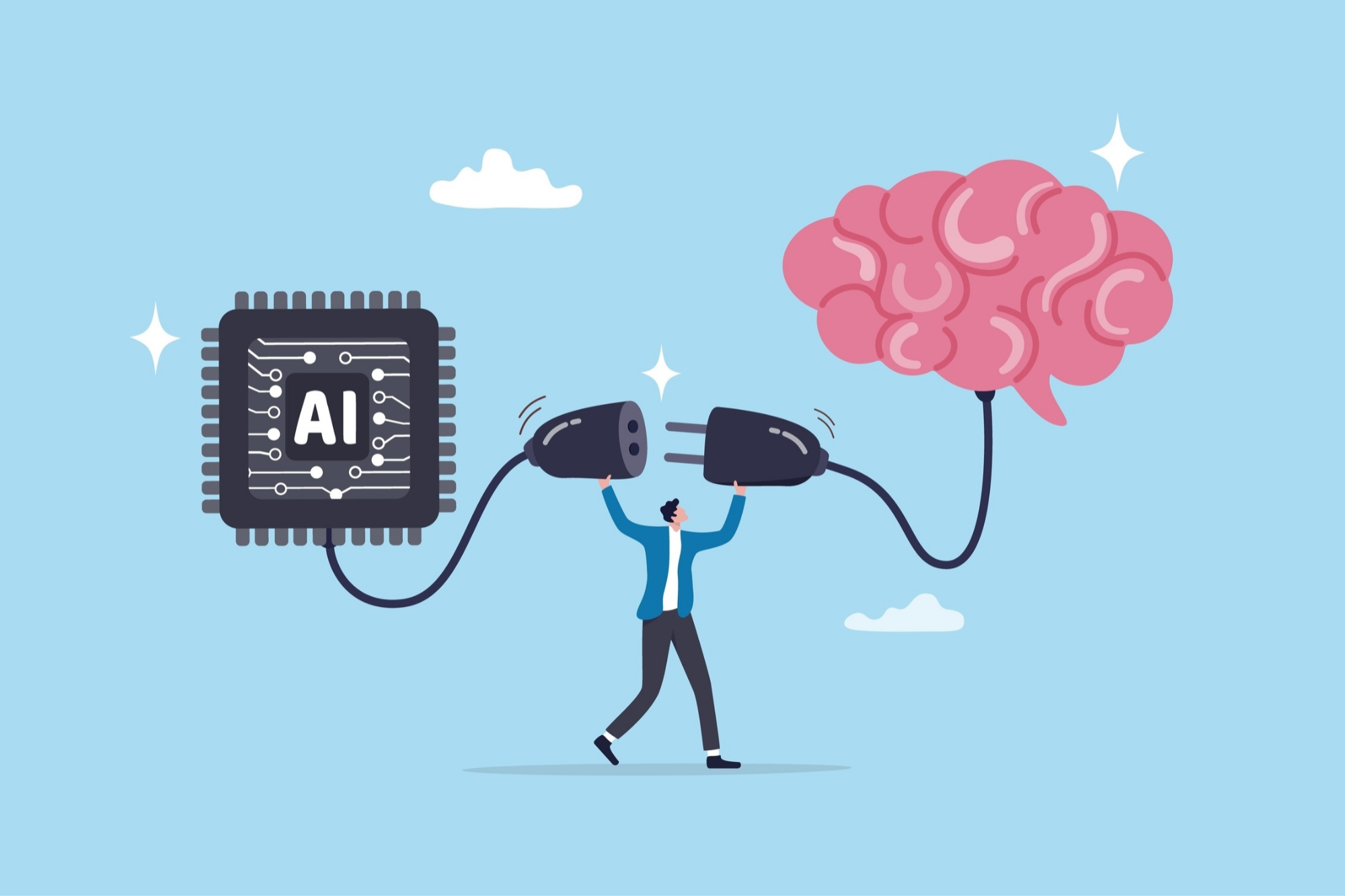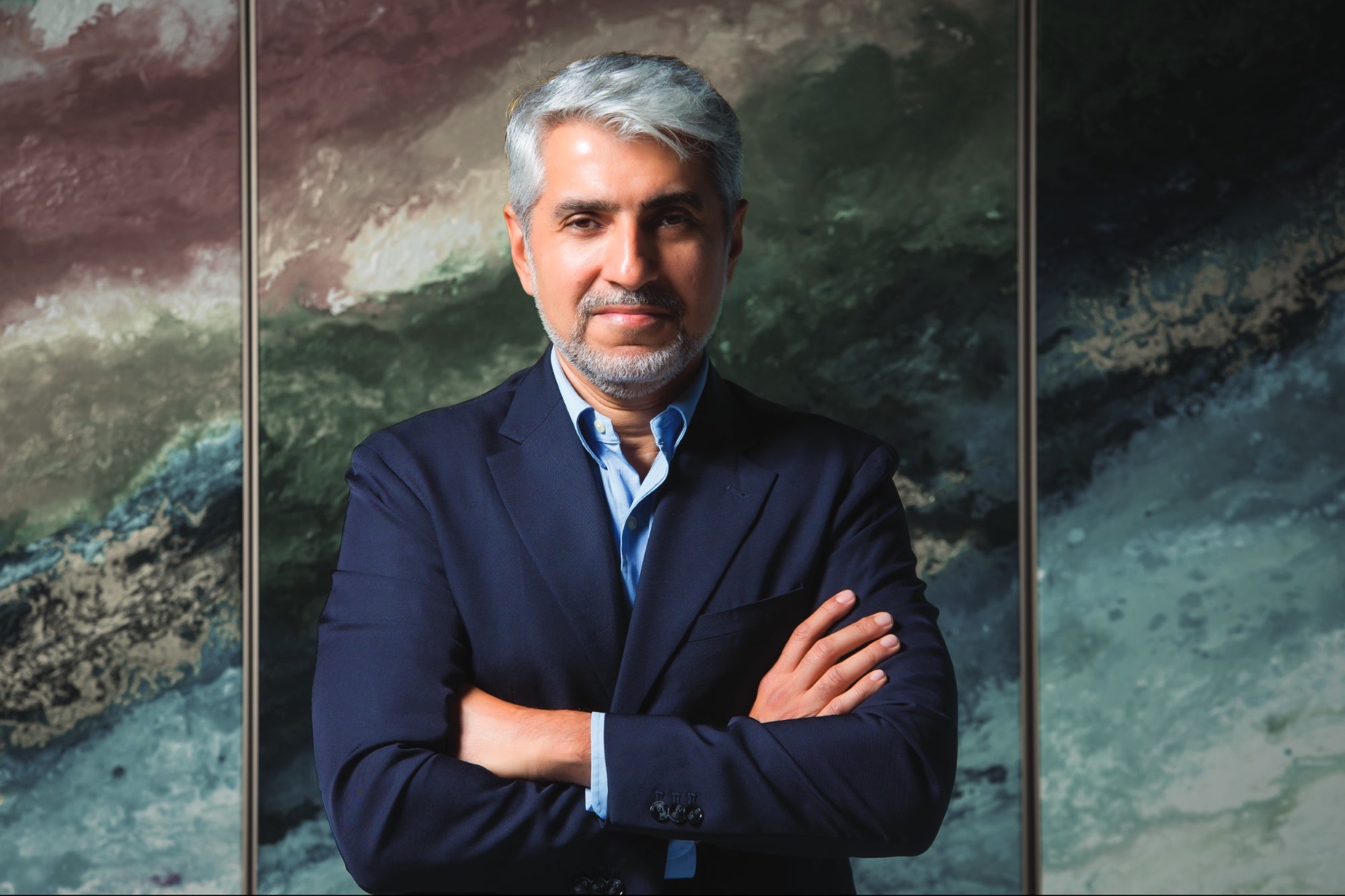Humans + AI: Why Collaboration -Not Replacement- Is the Future of Creative Work Despite fears and AI anxiety - the opportunity is clear, especially in a region that is investing heavily in AI as a core pillar of its future.
By Scott Melker
Opinions expressed by Entrepreneur contributors are their own.
You're reading Entrepreneur Middle East, an international franchise of Entrepreneur Media.

Will artificial intelligence (AI) replace us? That's the question echoing across society – and for good reason. The rise of generative AI began as a thought experiment, but is now a headline-dominating reality. What was once theoretical is now showing up in job descriptions, creative briefs and national strategies.
AI can design, write, speak and even reason, to a degree. And with each leap forward, our existential unease grows. Are we building tools to assist us, or replace us? Is this empowerment or obsolescence? The fear isn't just economic – it's philosophical. What happens to meaning, to value, when a machine can do the work we once thought defined us?
And it seems these concerns are well founded. Goldman Sachs estimates that generative AI could disrupt up to 300 million jobs globally. A 2024 Pew Research Center study found that over half of US professionals believe AI will eventually replace their roles. And according to the Mohammed Bin Rashid School of Government, 55% of Dubai government employees express concern about AI displacing jobs.
Across the creative industry, we see AI tools bring instant solutions for tasks that used to require days or weeks of coordinated effort across entire teams. Design, writing, marketing and media workflows are being reshaped - by AI that can spin out brand identities or video ads on demand – raising real questions about the future of the creatives.
The tension is real. The tech is real. So is the fear.
But like many tech-driven fear cycles before, we believe this take is oversimplified. Not wrong – but warped. The replacement narrative is based on a misunderstanding of what creative work really is, and on a misreading of how AI actually works when paired with humans.
The core of creativity isn't production - it's interpretation. About knowing when to follow the rules and when to subvert them. It's about tone, timing, subtext and culture.
It's the difference between a campaign that "looks good" and one that actually resonates. AI can mimic form, but it doesn't understand emotion. It can produce content, but it can't grasp context. And inspiration – the unpredictable spark that drives originality – doesn't come from a dataset. It comes from experience.
This isn't nostalgia talking. It's backed by data. Research from MIT Sloan shows that humans and AI each excel in different areas – and it's indeed not always more powerful for them to work together. But in some fields, man and machine collaboration brings us superpowers.
In creative fields such as design, writing and content, teams that paired AI with human input consistently outperformed those using either alone. "When the task requires creativity and the generation of novel ideas, human-AI collaboration tends to deliver the best outcomes," the study concludes. The future isn't about replacement. It's about rebalancing.
AI has a place in creative work. Used right, it is a powerful accelerant. But we need to follow this logic: Let machines do what they do best: draft, iterate, generate at scale. Let humans decide what matters, what lands, what's worth sharing.
As a founder working in the high-speed world of media and web3, I have tried multiple AI tools. And every time, it's the same: Fast output, but always needing to be second guessed. Sometimes the first draft is good. Often, it's generic. It might say the right words, but perhaps not in the right way or the right order. That last 20% – the difference between done and effective – is where human judgment still reigns.
That's the principle and model behind my latest project - Hum(AI)n Assets, a Dubai-based creative production platform. Our goal is to combine generative AI's rapid production capabilities with the irreplaceable creative judgement of human professionals, streamlining content creation without sacrificing quality. Our clients submit a brief, choose a deadline and budget, and we deliver high-quality creative assets - images, videos, copy - fast. The AI handles the heavy lifting; our human team polishes it to perfection.
The difference is not just speed - it's trust. We eliminate the long feedback loops and high costs of traditional agencies, but also avoid the flat, soulless output that often comes from AI-only solutions. Our hybrid model gives users the best of both worlds: the momentum of automation and the integrity of expert craftsmanship.
Collaboration, not replacement. And that's not just theory.
Our early users are already seeing results. Brands and creators on our early access list are discovering how Hum(AI)n Assets can help them build content faster, skip unnecessary meetings, and tell their stories better. The platform adapts to their workflow - whether they're running a campaign, building a brand, or just need content done by tomorrow.
Despite fears and AI anxiety - the opportunity is clear, especially in a region that is investing heavily in AI as a core pillar of its future. The UAE has positioned itself as a global AI leader, with PwC projecting AI to contribute $96 billion to the national economy by 2030.
With initiatives such as the recently announced AI campus, potentially the world's largest - it's clear that the UAE is aiming to become a global leader in AI. But with that scale comes responsibility. We must do our part to build collaborative workflows where output is optimized, but also human dignity, purpose and contribution is protected.
AI will indeed transform every industry it touches. The creative field just happens to be one of the first to feel it. The last time we saw a shift like this was the rise of the internet – when content became instant and global, and distribution outpaced editorial control.
AI is doing the same, but faster. If left unchecked, it could flood every feed with sameness, strip out nuance and reward quantity over quality. But used right – designed thoughtfully – it will give creators superpowers. Reduce burnout. Expand access. Speed up good ideas without flattening them.
We're not afraid of the future. But we are determined to shape it.










